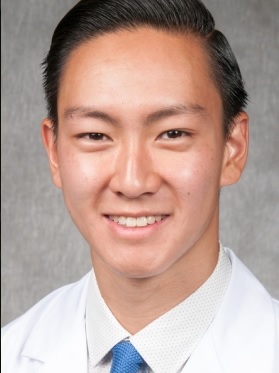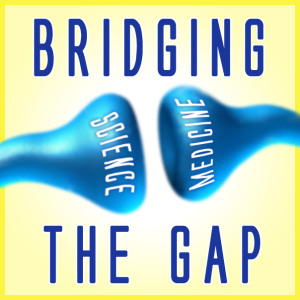Response to “How Jimmy Kimmel Failed His Own Test”
We are in agreement. A robust and intellectual discussion of health care reform requires knowledge of the factors in play. Yet, we are deeply troubled by the simplicity and lack of nuance in a number of your arguments. Here are some our responses.








